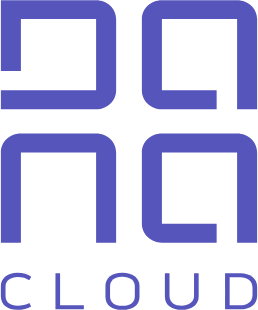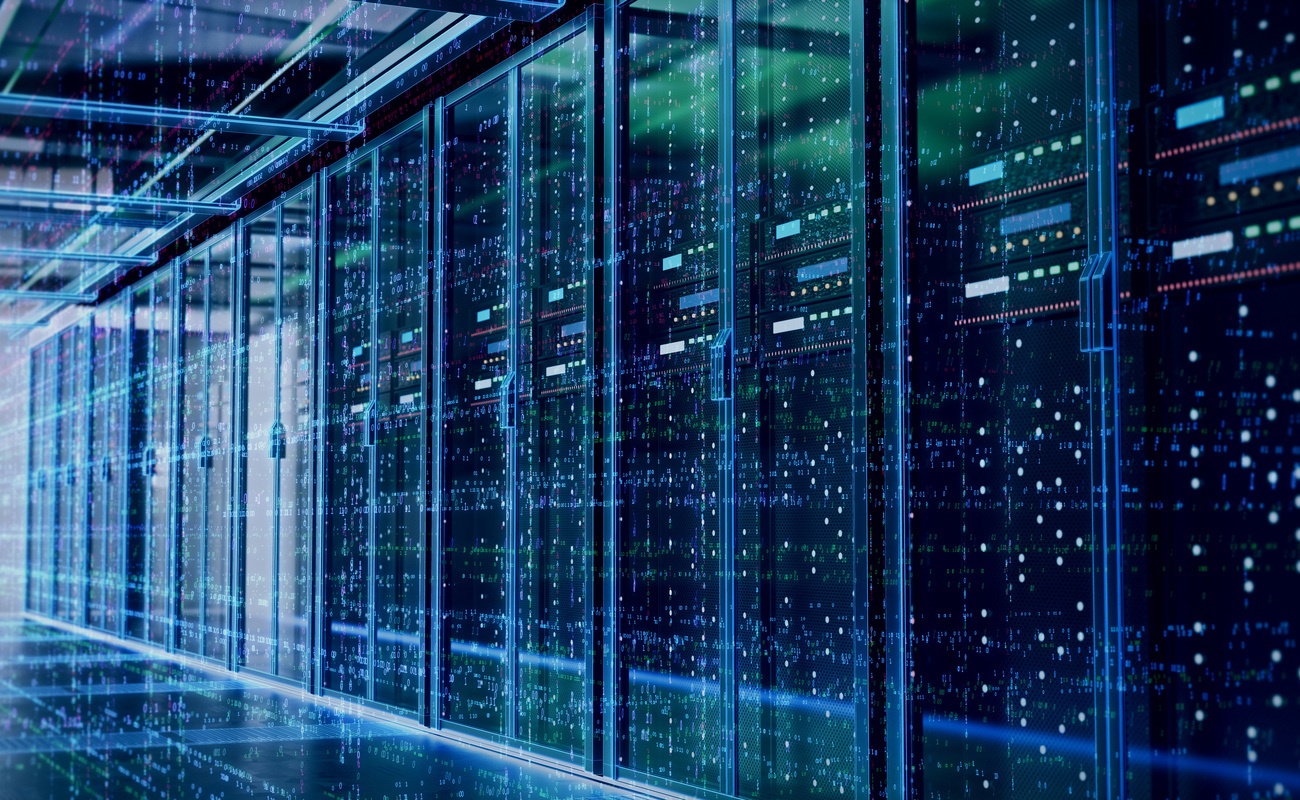Managing a data center remotely has become more than just a convenience—it’s now a necessity for businesses aiming to stay agile and efficient. With the increasing complexity of IT infrastructure and the rising trend of hybrid and multi-cloud environments, data center managers are under pressure to maintain uptime, optimize resources, and address issues without being physically present. This is where Data Center Infrastructure Management (DCIM) software steps in as a game-changer.
DCIM bridges the gap between on-site operations and remote accessibility, offering tools to monitor, analyze, and control data center assets in real time. Providing a centralized platform it empowers teams to streamline workflows, identify inefficiencies, and even predict potential issues before they escalate. In this article of Danacloud, we’ll explore six powerful ways DCIM enables effective remote data center management, helping businesses thrive in today’s fast-paced, tech-driven world.
Why is remote management important in data centers?
Remote management is important since it ensures continuous operations without requiring physical presence. Nowadays, businesses demand 24/7 uptime, and remote management provides the tools to monitor systems, troubleshoot issues, and optimize performance from anywhere.
It also reduces operational costs by minimizing the need for on-site staff and supports quick responses to unexpected events like outages. With the rise of hybrid work models and geographically dispersed teams, remote management is no longer just an option—it’s a vital strategy for keeping data center operations efficient, secure, and future-ready.
6 DCIM use cases in remote data center management
DCIM provides centralized visibility, enhanced control, and actionable insights into the complexities of data center operations. From energy monitoring to predictive maintenance, these tools empower managers to optimize performance, reduce costs, and enhance uptime, even from afar.
Here’s a table summarizing 6 key DCIM use cases in remote data center management:
| Use Case | Description | Benefits |
|---|---|---|
| Real-Time Performance Monitoring | Continuously tracks metrics like temperature, power usage, server workloads, and network activity to provide a real-time view of the data center’s health. | Proactive alerts for issues like temperature spikes, ensuring quick interventions to prevent downtime and optimize resource utilization. |
| Energy Management and Optimization | Monitors and optimizes energy consumption, identifying inefficiencies in power usage and cooling. Helps track sustainability goals and ensures energy is distributed efficiently. | Reduces energy costs, minimizes carbon footprint, and helps meet sustainability targets. |
| Capacity Planning | Analyzes current resource usage trends to predict future needs and ensure seamless scalability without overprovisioning. | Avoids unnecessary expenses, ensures data center can handle increasing demand, and enables optimal resource allocation. |
| Asset Management | Tracks hardware and software assets, including their life cycles, locations, and operational statuses. | Prevents resource duplication, ensures optimal deployment, and helps identify underperforming or outdated equipment for replacement or maintenance. |
| Improved Security Posture | Monitors both physical and digital access points for compliance with security protocols and detects unauthorized access attempts. | Enhances security by preventing unauthorized access, ensuring protection of sensitive data and critical infrastructure. |
| Predictive Maintenance | Utilizes analytics and machine learning to predict potential equipment failures before they happen, allowing for preventative maintenance. | Reduces downtime, minimizes unplanned repairs, and ensures consistent performance through timely maintenance interventions. |
Real-Time Performance Monitoring
DCIM tools enable continuous tracking of data center performance, including server workloads, network activity, and cooling systems. Managers can monitor real-time metrics such as temperature, power usage, and server health remotely, allowing for proactive adjustments. For instance, a sudden spike in server temperature can trigger alerts, ensuring rapid intervention to prevent downtime or equipment failure while providing a complete overview of resource utilization.
Energy Management and Optimization
Energy is one of the most significant operating costs in a data center. DCIM tools monitor power usage and suggest strategies to optimize energy consumption. By identifying inefficiencies, such as over-cooled areas or underutilized equipment, managers can reduce energy costs and carbon footprints. These tools also help in tracking compliance with sustainability goals and ensuring efficient energy distribution.
Capacity Planning
DCIM enables data center managers to predict and plan for future needs by analyzing current resource usage trends. This ensures that the data center can handle increasing demands without overprovisioning. For example, by using historical data, managers can determine when additional servers will be needed, avoiding unnecessary expenses while ensuring seamless scalability.
Asset Management
DCIM tools provide detailed inventories of all hardware and software assets within a data center. Managers can track equipment life cycles, location, and status remotely, ensuring optimal deployment. This is particularly useful in preventing resource duplication and identifying underperforming or outdated equipment that needs replacement or maintenance.
Improved Security Posture
With cyber threats on the rise, DCIM tools are essential for monitoring access and ensuring compliance with security protocols. They track both physical and digital entry points and alert managers to any unauthorized access attempts. Integrated with other data center security, DCIM ensures the protection of sensitive data and critical infrastructure remotely.
Related article: 8 Tips for a Successful Data Center Migration
Predictive Maintenance
DCIM tools utilize advanced analytics and machine learning to predict potential equipment failures before they occur. For instance, if a cooling unit shows unusual performance trends, the system can notify technicians to service it, minimizing unplanned downtime. This predictive approach saves both time and repair costs, ensuring consistent uptime.
Final Thoughts
DCIM tools have revolutionized the way remote data centers are managed, making them more efficient, secure, and scalable. By leveraging DCIM for tasks like energy optimization, predictive maintenance, and asset management, businesses can stay ahead of operational challenges while reducing costs and environmental impact. These tools not only enhance day-to-day management but also enable long-term strategic planning. As remote management continues to evolve, integrating DCIM into your operations ensures your data center remains resilient, future-proof, and primed for growth.
FAQ
-
Can DCIM integrate with existing management systems?
Yes, most modern DCIM solutions are designed to integrate seamlessly with existing IT and facility management tools, ensuring smoother operations and reducing the need for system overhauls.
-
How does DCIM support compliance with regulations?
DCIM tracks and reports metrics like energy consumption, temperature, and uptime, helping data centers meet industry standards and environmental regulations while maintaining operational transparency.
-
Are DCIM solutions scalable for growing data centers?
Absolutely! DCIM tools are built to scale with your operations, whether you’re adding more racks, expanding facilities, or incorporating edge data centers into your network.


